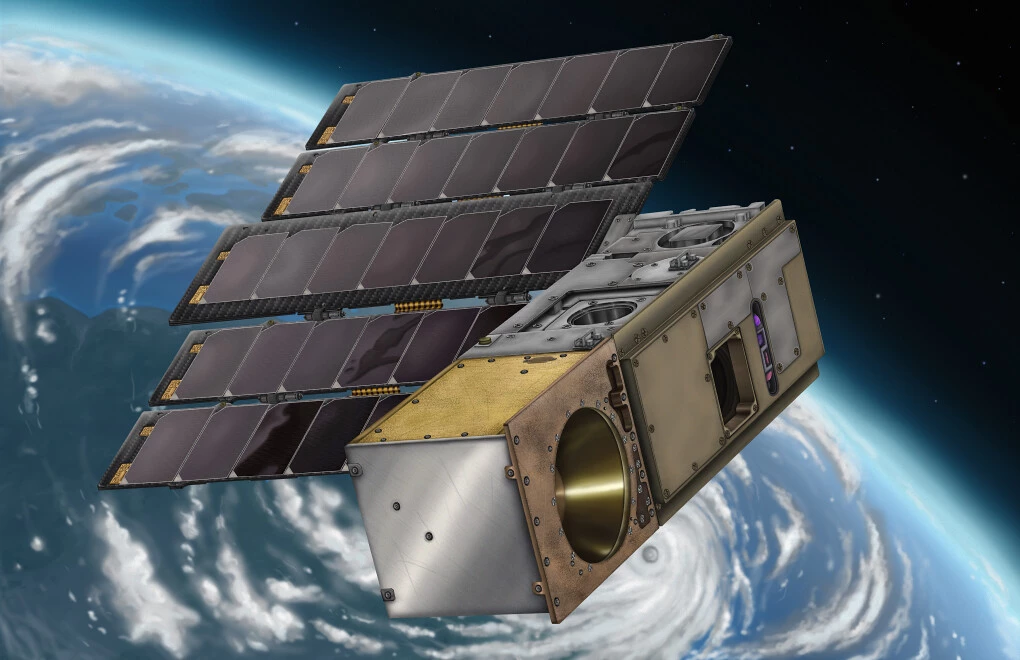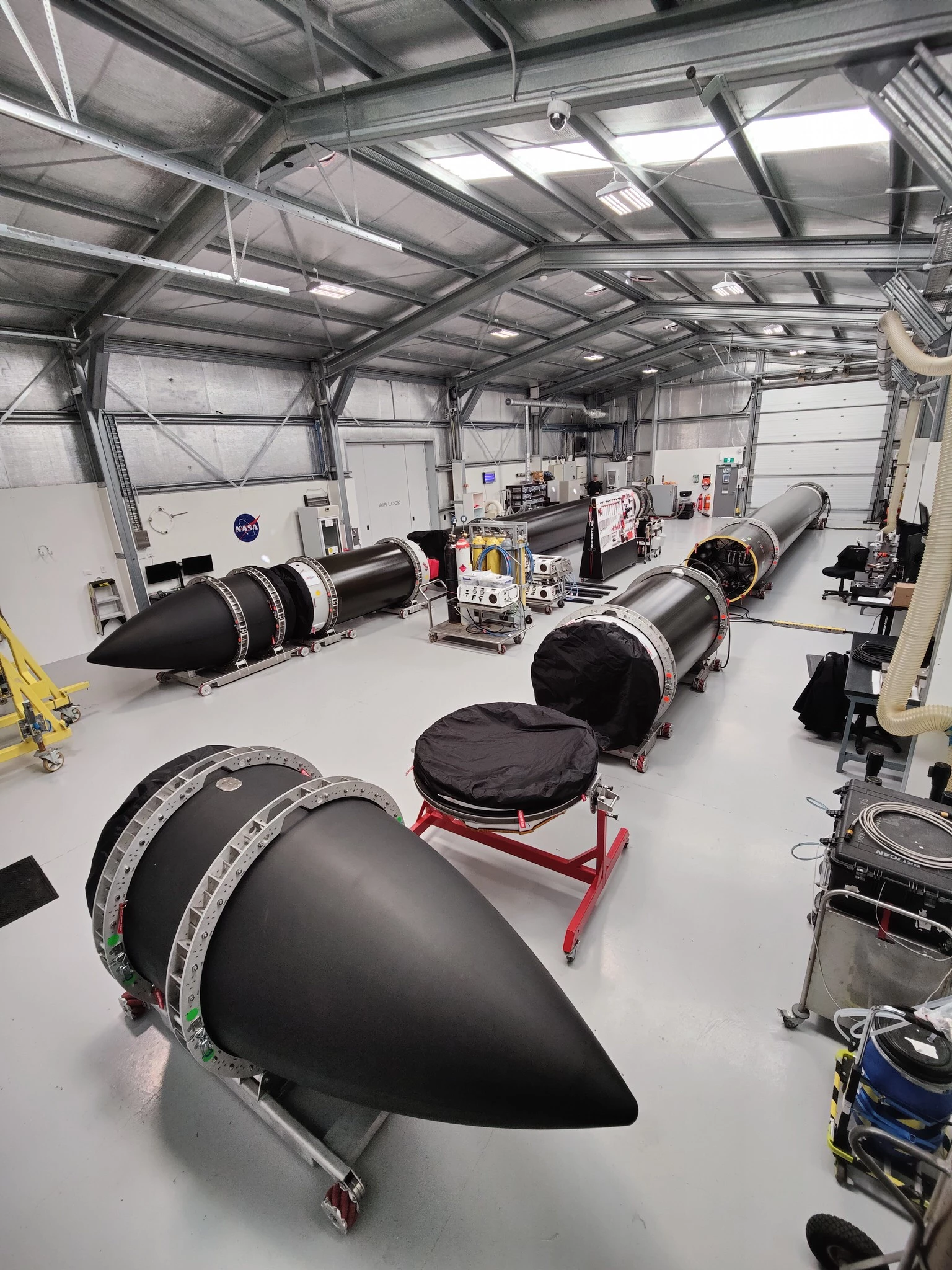Two hurricane-monitoring NASA CubeSats have launched into space atop a Rocket Lab Electron booster from the Rocket Lab Launch Complex 1 on New Zealand’s Mahia Peninsula at 1:00 pm NZST, on May 8, (9:00 pm EDT, on May 7).
The 36th Electron launch went off without serious mishap, reaching its planned trajectory and the second stage performing as predicted after which a kick stage sent the payload into a circular orbit around the Earth. The first CubeSat established communications with Mission Control at 1:48 am EDT and the second at 6:31 am EDT.
The launch was the first under a NASA Venture-Class Acquisition of Dedicated and Rideshare (VADR) contract designed to allow greater access to space using more affordable commercial boosters for small satellites.

The first of two launches of NASA's Time-Resolved Observations of Precipitation structure and storm Intensity with a Constellation of Smallsats (TROPICS) project, the 'Rocket Like a Hurricane' launch is something of a comeback for the space agency. On June 12, 2022, two TROPICS satellites were lost when a rocket built and operated by Astra failed to reach orbit.
After the planned second launch in about a fortnight, four TROPICS CubeSats will be stationed in orbits inclined over the tropical regions, allowing the satellites to pass over storms at least once every hour instead of the present once every six hours.
"Providing more frequent imaging will not only improve our situational awareness when a hurricane forms," said Karen St. Germain, director, Earth Science Division at NASA. "The data will provide information to models that help us determine how a storm is changing over time, which in turn helps to improve forecasts from our partners like the National Hurricane Center and Joint Typhoon Warning Center."
The video below recaps the TROPICS launch.
Source: NASA








